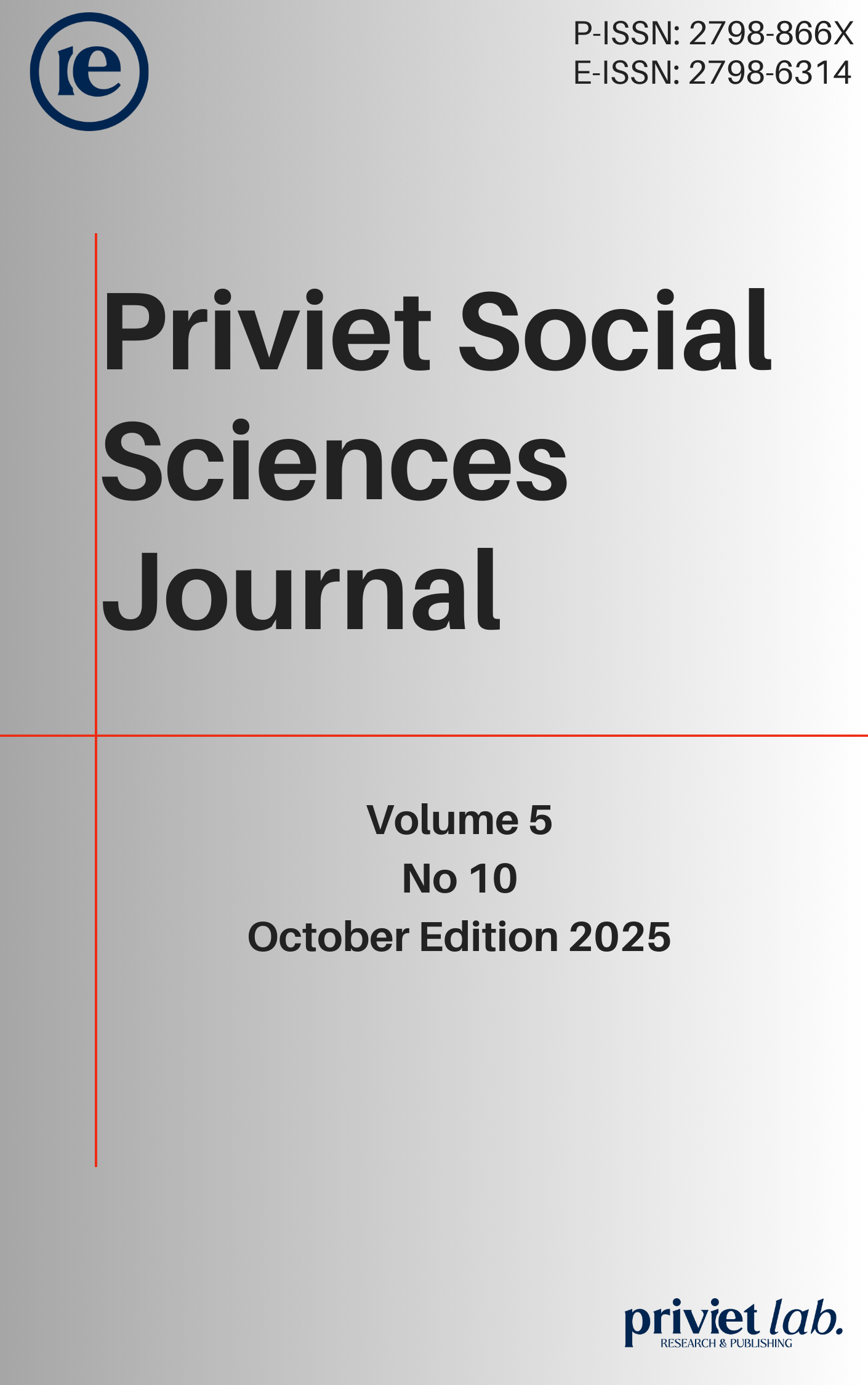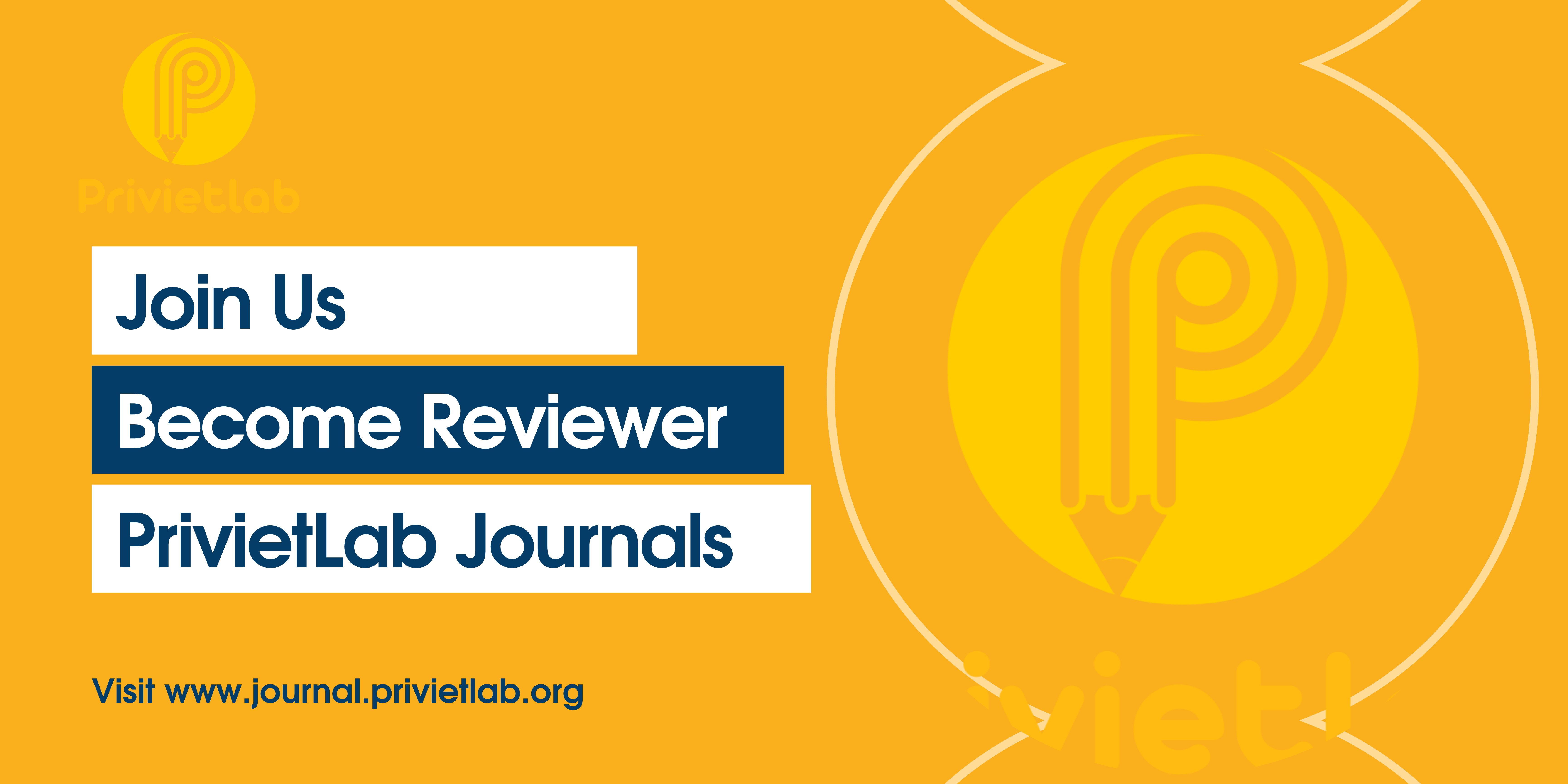Development of fun flashcard series: Fruits and animals for primary students for children at Mustika Tama Orphanage
DOI:
https://doi.org/10.55942/pssj.v5i10.743Keywords:
English vocabulary, flashcards, learning media, orphaned childrenAbstract
This study aims to develop the Fun Flashcard Series: Fruits & Animals learning media as an educational tool to increase the learning motivation and involvement of children at Mustika Tama Orphanage. The development model used was 4D (Define, Design, Develop, Disseminate). The research subjects were 10 children in grades 1 and 2 at the elementary school level at the Mustika Tama Orphanage. The research instruments included expert validation sheets, child response questionnaires, and learning engagement observation forms. The validation results showed that the Fun Flashcard Series media was very suitable for use, with an average validation score of 95%. The children's responses showed a high level of enthusiasm, engagement, and interest in the developed media. Thus, the Fun Flashcard Series: Fruits & Animals proved to be effective as an innovative learning medium that can increase children's learning motivation and engagement at the Mustika Tama Orphanage.
References
Arsyad, A. (2017). Media pembelajaran. Jakarta: Rajawali Pers.
Astuti, R. (2015). Penggunaan media flashcard untuk meningkatkan penguasaan kosakata bahasa Inggris siswa sekolah dasar. Jurnal Pendidikan Dasar, 6(2), 123–131.
Fredricks, J. A., Blumenfeld, P. C., & Paris, A. H. (2004). School engagement: Potential of the concept, state of the evidence. Review of Educational Research, 74(1), 59–109. https://doi.org/10.3102/00346543074001059
Gray, J., Scholes, L., Brown, A., & Gindidis, M. (2023). School engagement: A systematic literature review of student engagement from 2000–2020. Educational Research Review, 39, 100519. https://doi.org/10.1016/j.edurev.2023.100519
Handayani, D. (2019). Efektivitas penggunaan media flashcard dalam meningkatkan motivasi belajar siswa sekolah dasar. Jurnal Inovasi Pendidikan, 9(1), 45–56.
Heinich, R., Molenda, M., Russell, J. D., & Smaldino, S. E. (2002). Instructional media and technologies for learning (7th ed.). Upper Saddle River, NJ: Merrill Prentice Hall.
MatecConf. (2022). Application of the 4D model in the development of learning media for elementary students. MATEC Web of Conferences, 335, 04020. https://doi.org/10.1051/matecconf/202233504020
Piaget, J. (1972). The psychology of the child. New York: Basic Books.
Schunk, D. H., Pintrich, P. R., & Meece, J. L. (2014). Motivation in education: Theory, research, and practice (4th ed.). Boston: Pearson Higher Ed.
Suyanto, S. (2018). Pendidikan anak di panti asuhan: Tantangan dan solusi. Jurnal Pendidikan Anak Usia Dini, 12(1), 15–28.
Thiagarajan, S., Semmel, D. S., & Semmel, M. I. (1974). Instructional development for training teachers of exceptional children: A sourcebook. Minneapolis, MN: Leadership Training Institute/Special Education, University of Minnesota. https://eric.ed.gov/?id=ED090725
UNESCO. (2015). Education 2030: Incheon declaration and framework for action for the implementation of Sustainable Development Goal 4. Paris: UNESCO.
Wu, J., & Miller, K. F. (2020). Retrieval practice and spacing effects with young learners: Evidence from digital flashcards. Journal of Experimental Child Psychology, 192, 104781. https://doi.org/10.1016/j.jecp.2019.104781
Yunus, M. M., & Saiful, I. (2013). The use of flashcards in improving vocabulary mastery of English for primary school students. International Education Studies, 6(8), 85–92. https://doi.org/10.5539/ies.v6n8p85
Downloads
Published
How to Cite
Issue
Section
License
Copyright (c) 2025 Yunita Miftahul Jannah, Fransiskus Ransus, Verawaty Sinaga, Agrielsa Alphasati Sinaga, Ratih Kusumo Wardani

This work is licensed under a Creative Commons Attribution 4.0 International License.

















